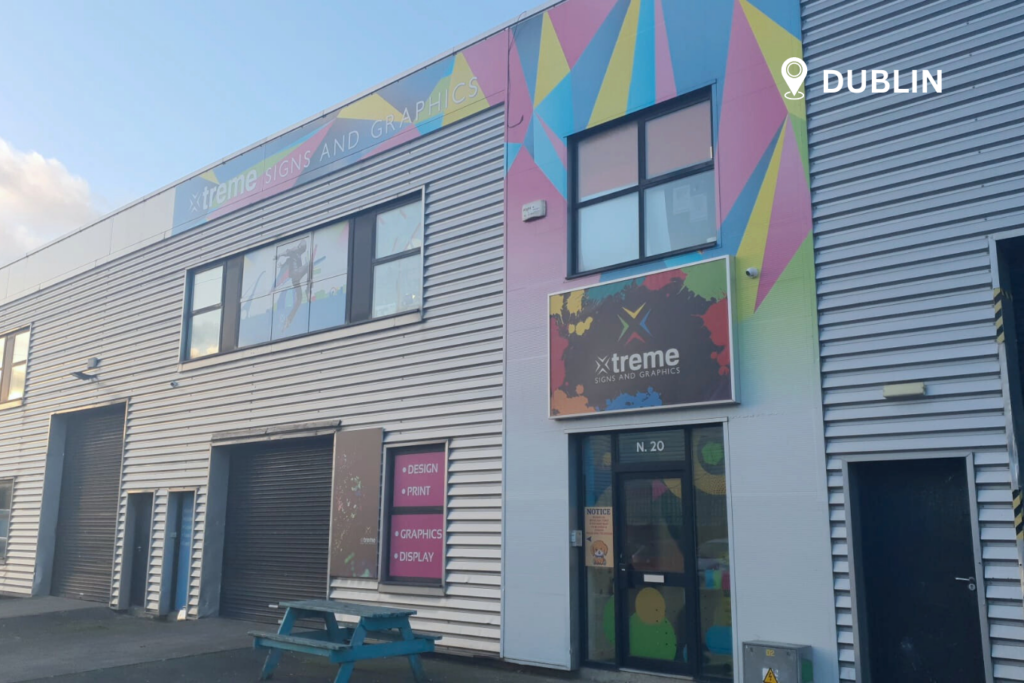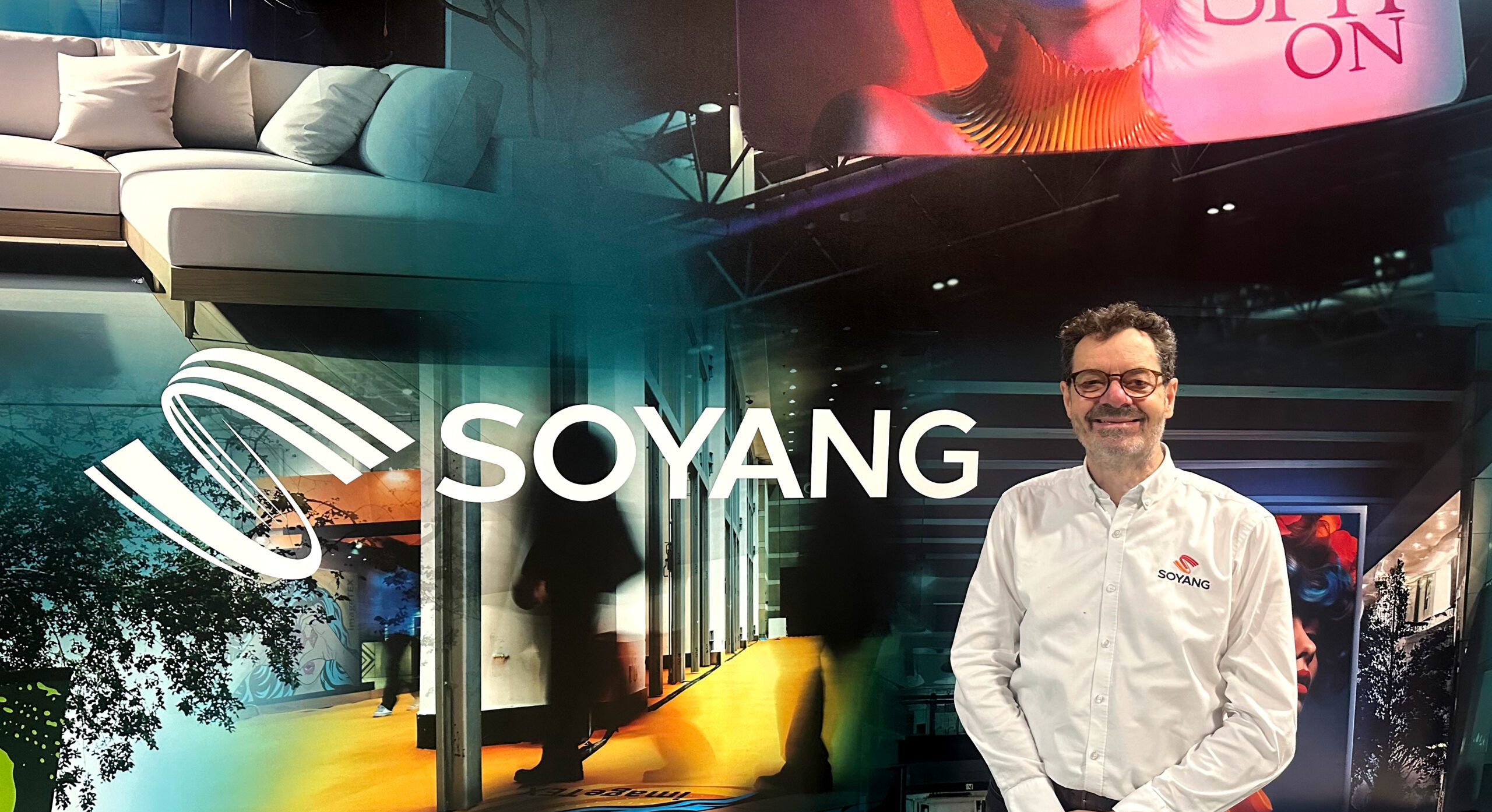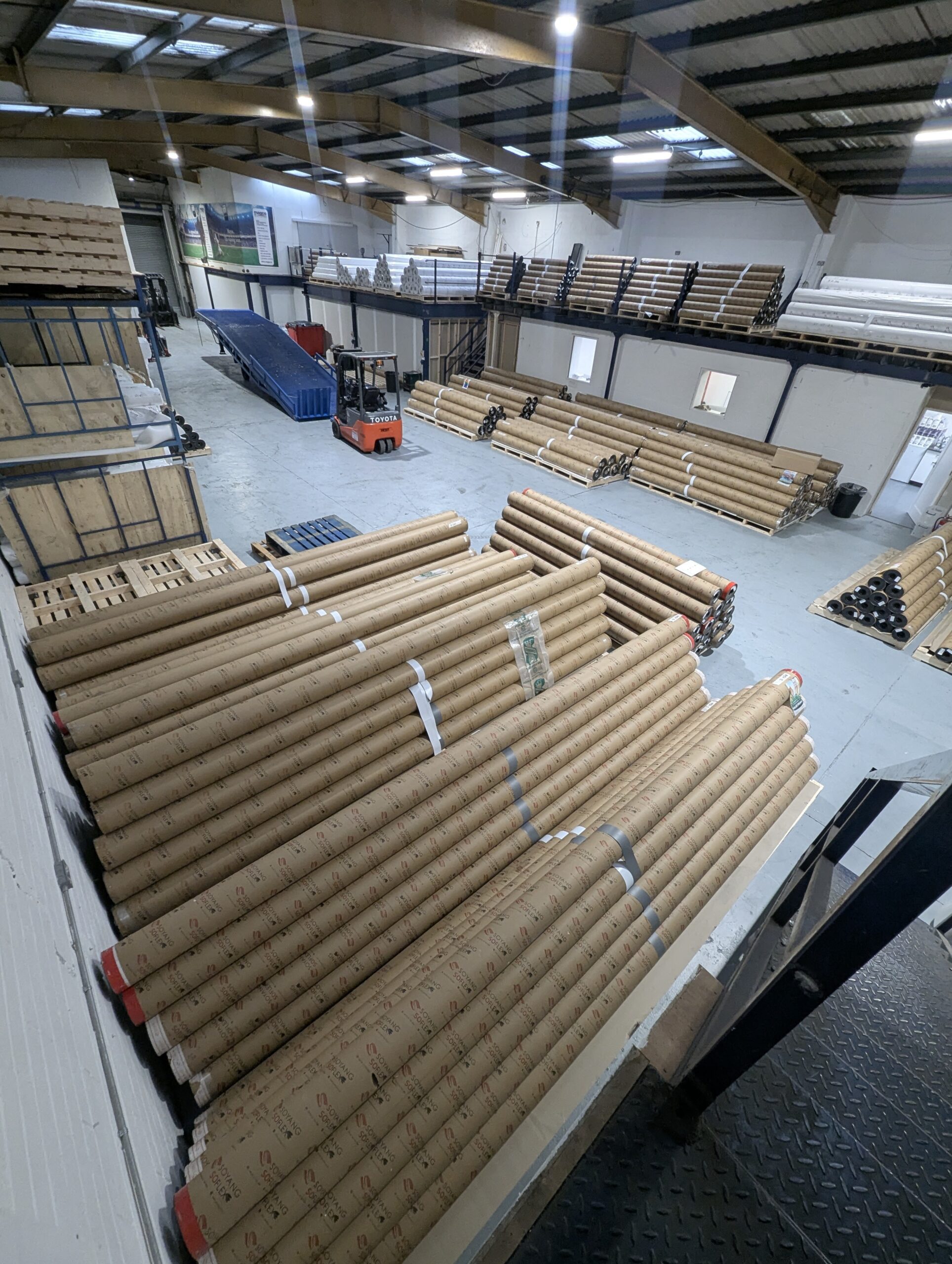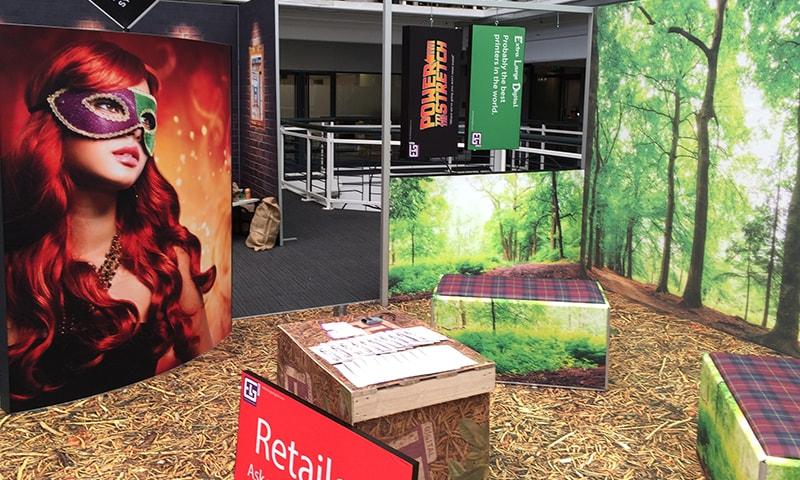I’ve been in the textile business my whole working life and times they are a-changing! Fabric printing technology has advanced beyond all recognition from the earliest forms of block and screen printing – and today, fabrics can be printed digitally using a number of different technologies and ink systems.
I’ve been in the textile business my whole working life and times they are a-changing! Fabric printing technology has advanced beyond all recognition from the earliest forms of block and screen printing – and today, fabrics can be printed digitally using a number of different technologies and ink systems.
In the commercial sector, the most common fabric is polyester which is a manmade synthetic fibre (unlike natural fibres such as cotton, linen, silk, wool) and as such requires a completely different printing process – typically making use of disperse inks.
Getting ink on fabric
Dye sublimation is the most common – and arguably the best – way of digitally printing polyester fabrics and this can be achieved either by paper transfer or direct-to-textile methods. When printing via paper transfer, the paper is first printed with a reverse image and then passed through a heat source together with the polyester fabric onto which the image is pressed and transferred. The alternative to this is to print the fabric directly and pass it through an in-line or separate heat-fixation unit. This cuts out the paper process, but the fabric needs to have a special coating to accept the digital inks – avoiding bleeding and poor yield.
It is worth noting that there are some fabrics that can also be printed using UV or latex technologies. These tend to be the more-dense or heavier fabrics, so if you don’t have a dedicated dye-sublimation printing system then you may be able to use some of your existing wide format kit to dip your toe in the water.
Dye-sublimation printing technology certainly produces bright vibrant colours ideal for promotional purposes, so there is a real benefit of doing it this way. The printed fabrics – whether woven or knitted – can be used for a wide range of applications; from flags and banners, to furnishings, exhibition graphics and sports event hoardings; even high end couture fashion.
New textile applications
More recently, advances in fabric engineering and design have meant that printed polyesters can now be used for applications such as light boxes.
This is the result of carefully combining different yarns to make the fabric as dense as possible so that you don’t see the illuminating light source behind the fabric. Aurich Textiles’ Impact Prime that Soyang Europe supplies is fast becoming the back-light fabric of choice for many of the UK’s leading print houses.
The retail, soft signage, exhibition and event sectors are the markets where fabric printing is perhaps advancing at the most rapid pace. The UK however, is trailing behind our mainland European neighbours. This means growth in this sector – as has been seen over the last decade – can only be expected to continue to rise. It’s really been the result of print buyers, specifiers and printing companies recognising the advantages of printed polyester fabrics, which in turn, gives printing companies the opportunity to develop a value added, higher margin revenue stream to complement existing business.
More (business) reasons to look at textiles
Creative reasons aren’t the only motivating factor though – we’re seeing a number of very solid justifications for utilising fabric over alternative substrates and I’ll discuss these in my next blog. Your company’s green credentials, carbon footprint and how you can help your client reduce their labour costs are a growing concern for lots of businesses, so we’ll endeavour to make sure you’re suitably clued up next time you’re put on the spot by a print specifier!
See you next time.
Latest News

Soyang Europe spreads festive cheer with Christmas charity collection drive

Xtreme Signs & Graphics sets Ireland-first with Veloblade Nexus 3032 from Soyang Hardware

Soyang Europe wishes a happy retirement to Sales Manager Tim Egerton




